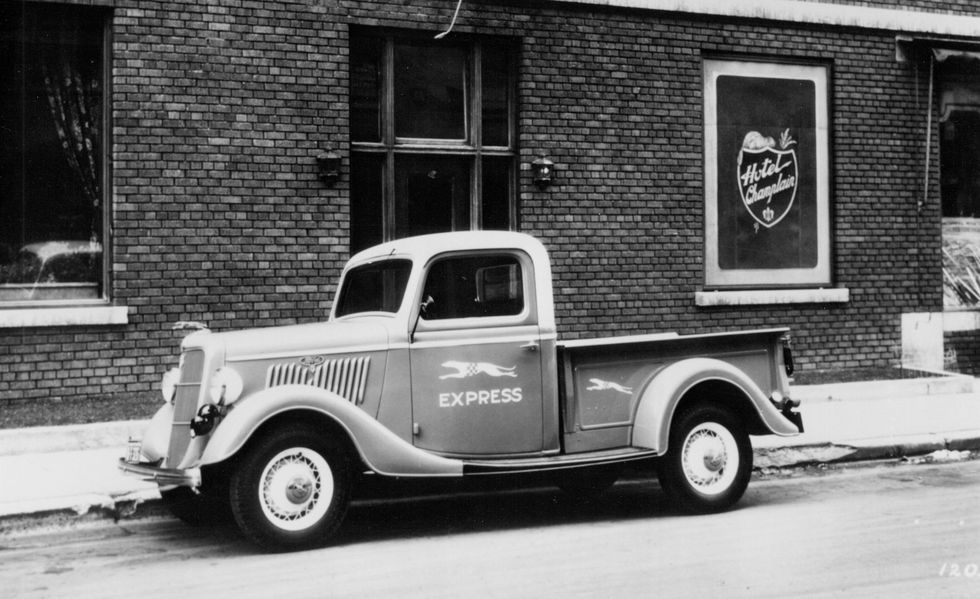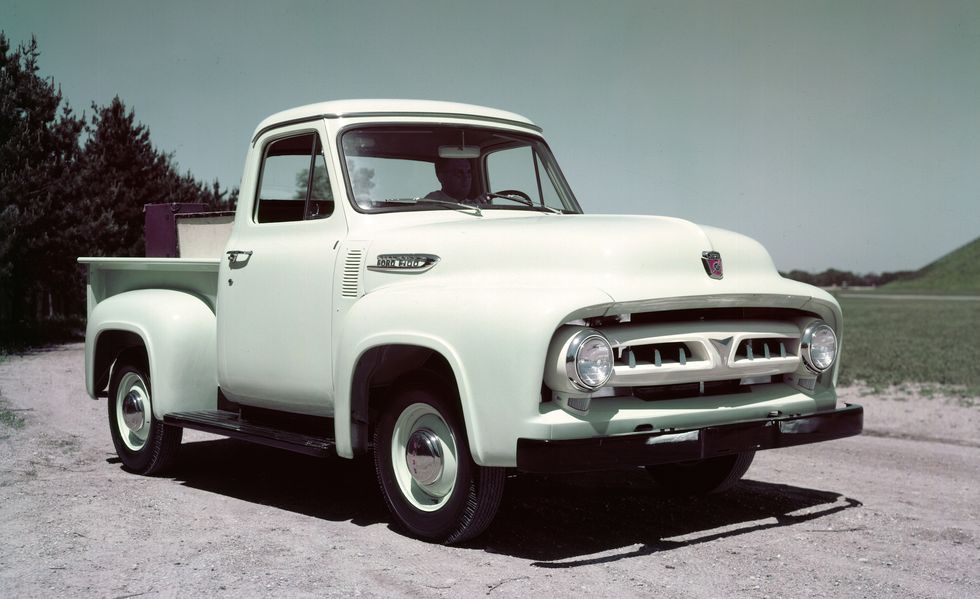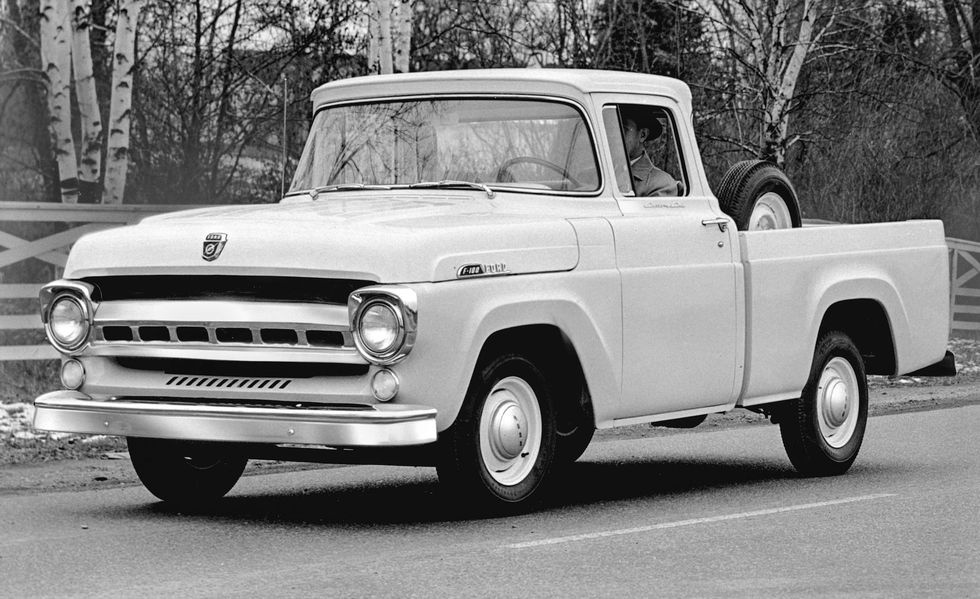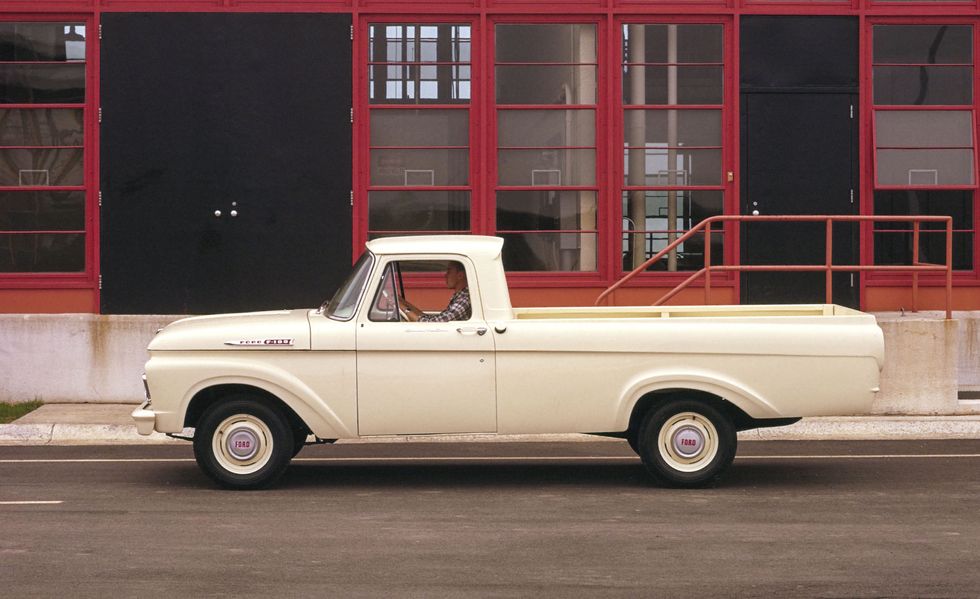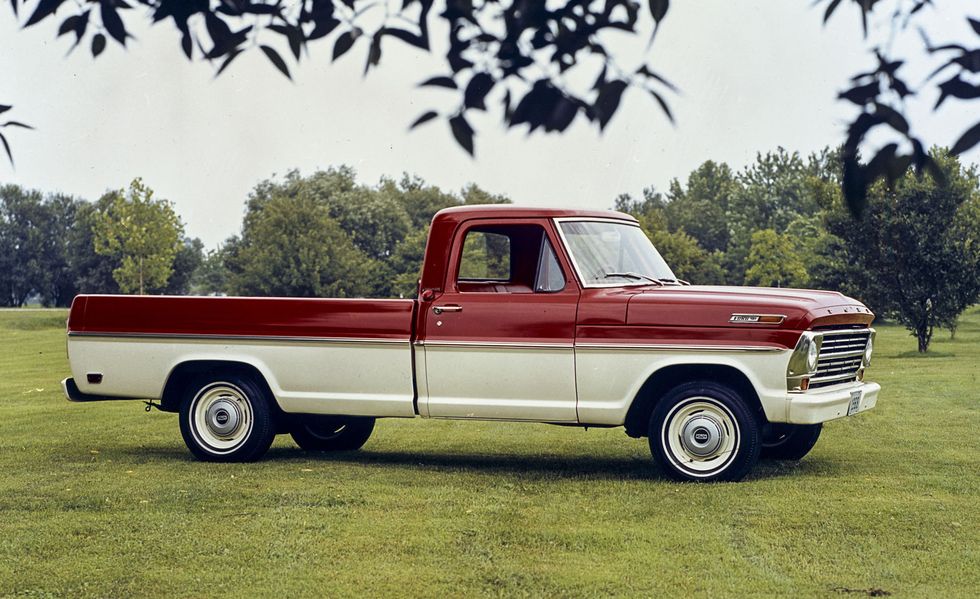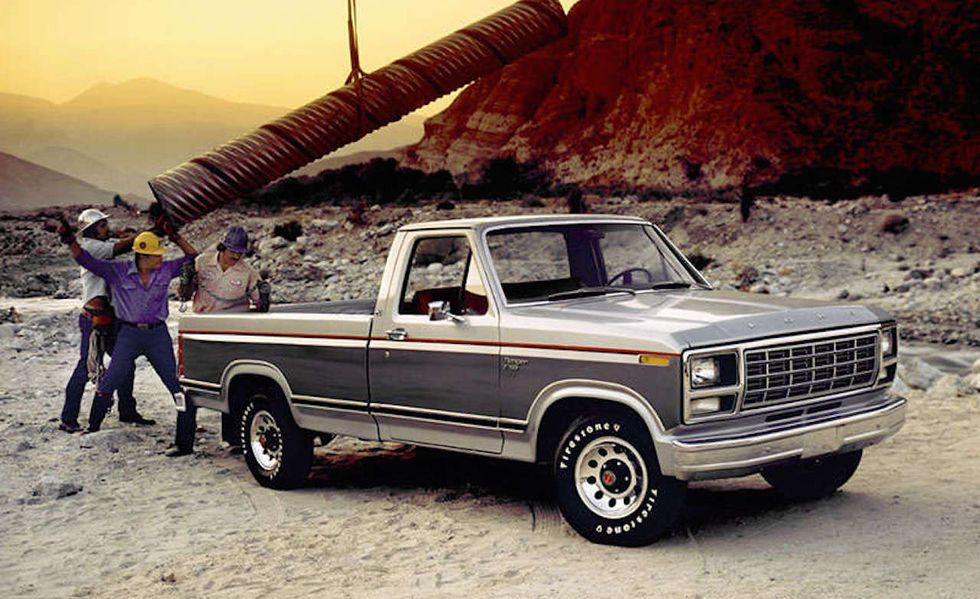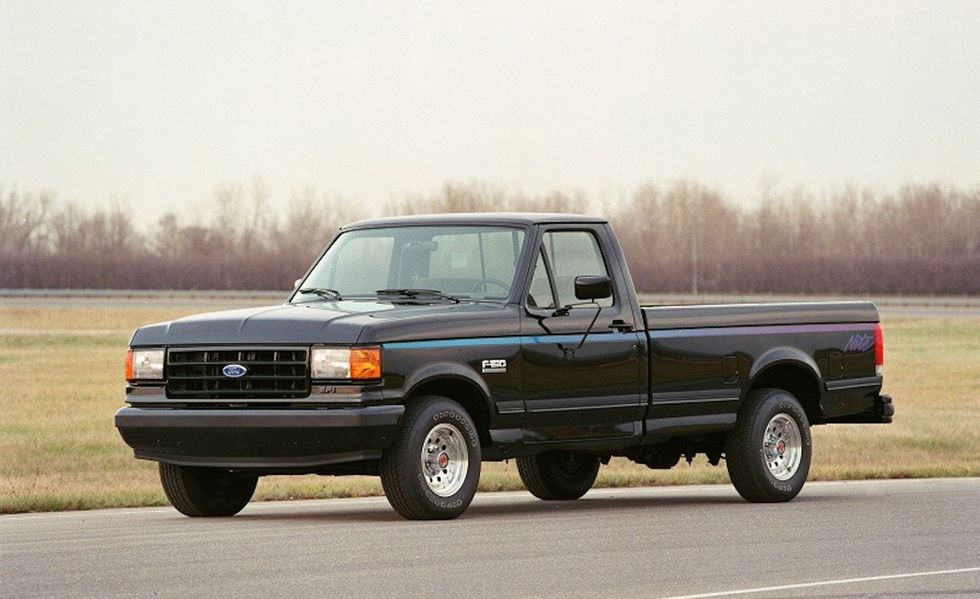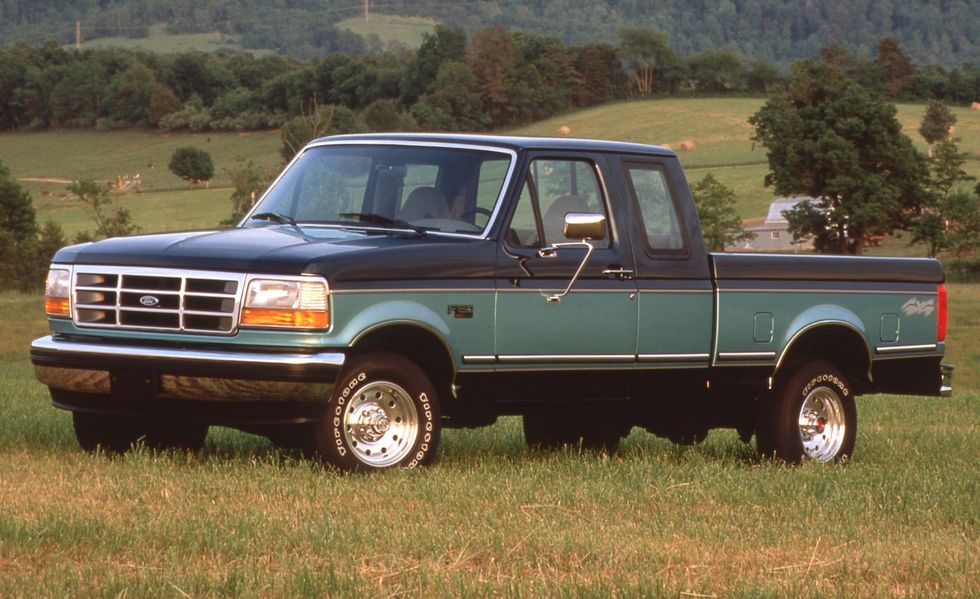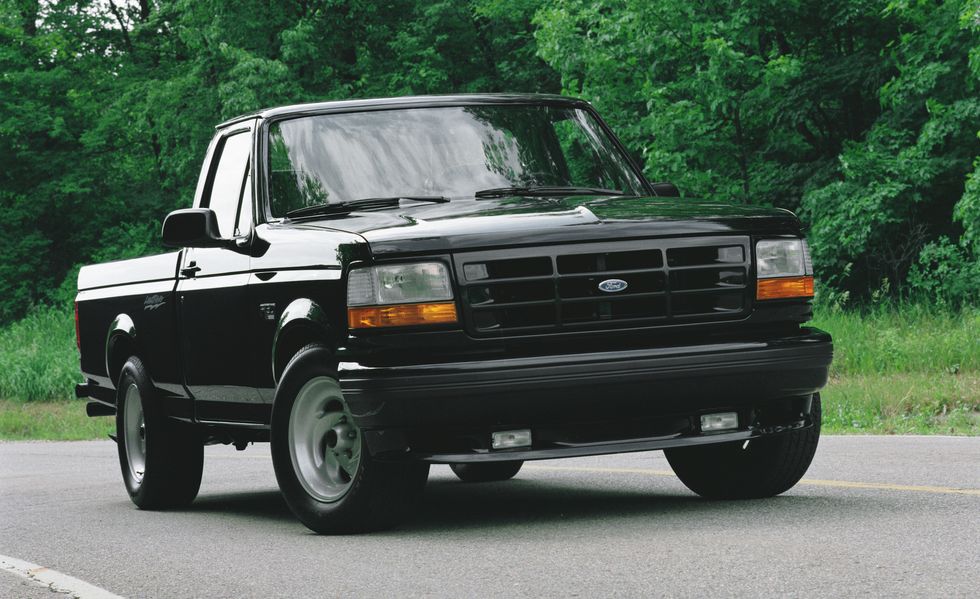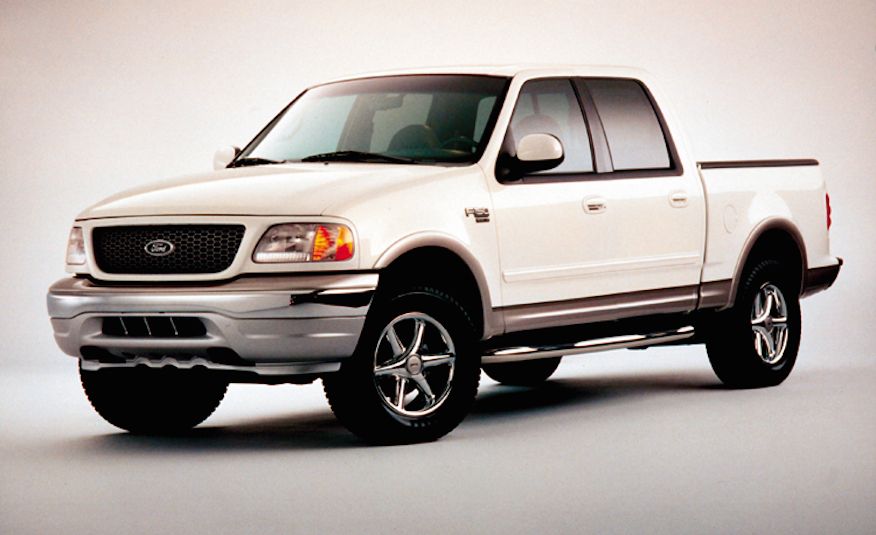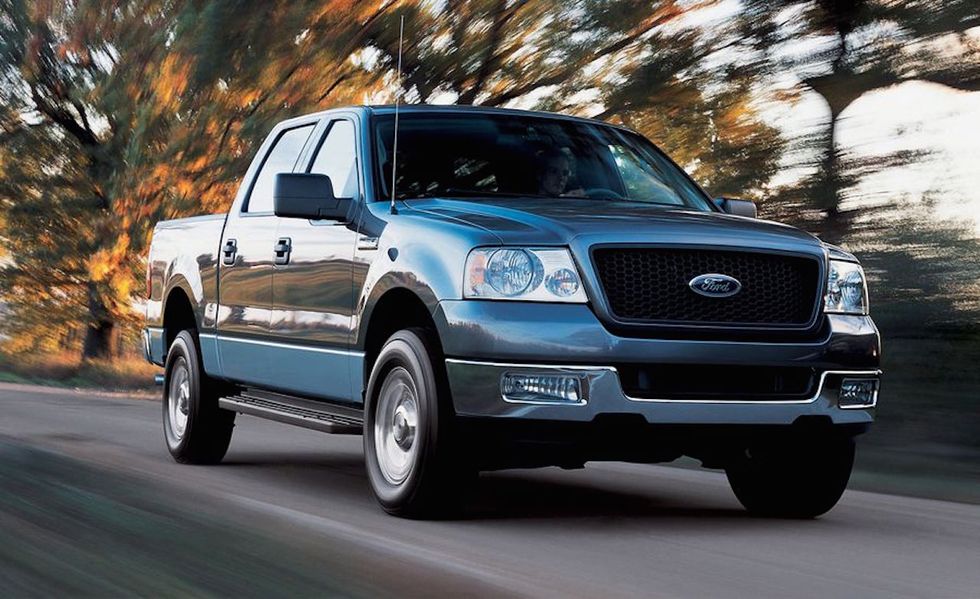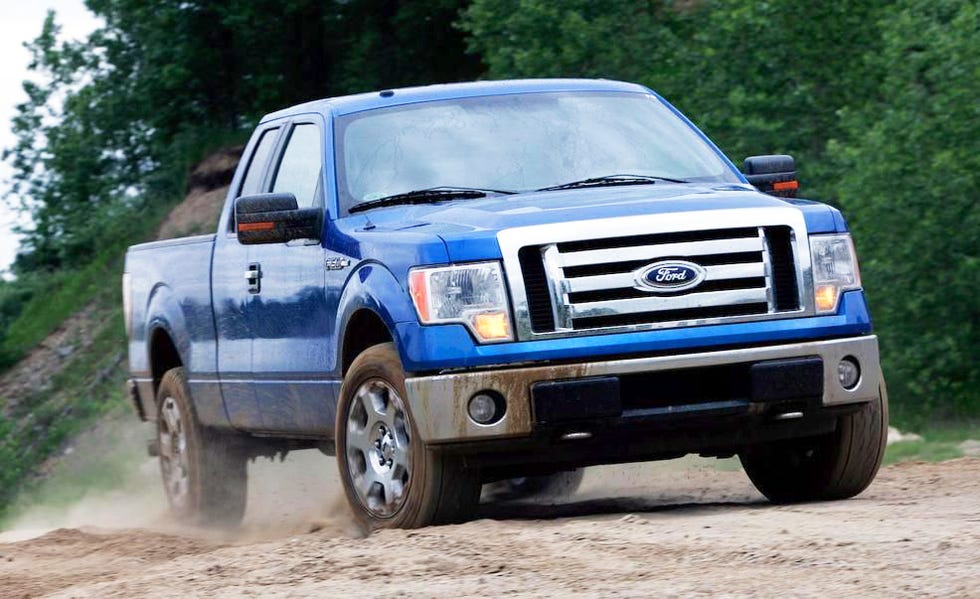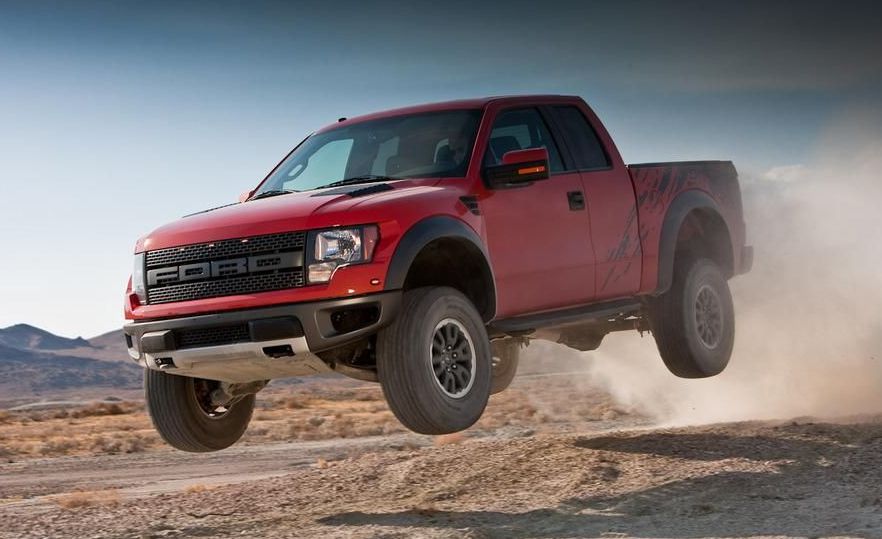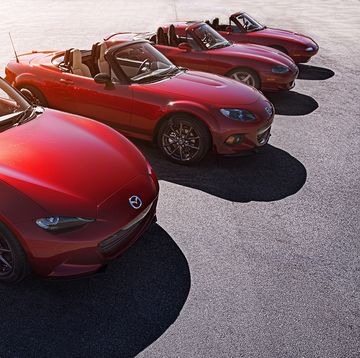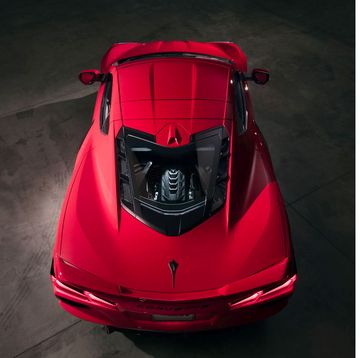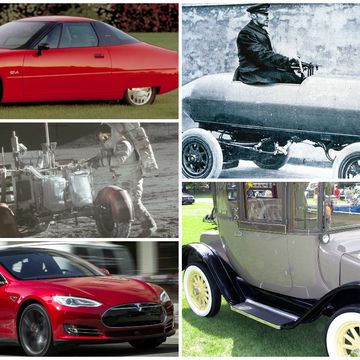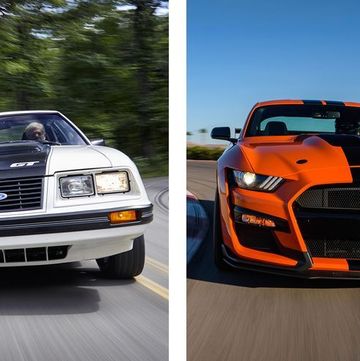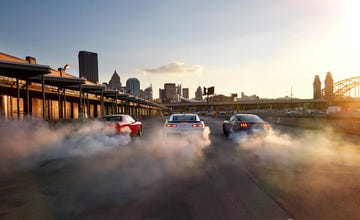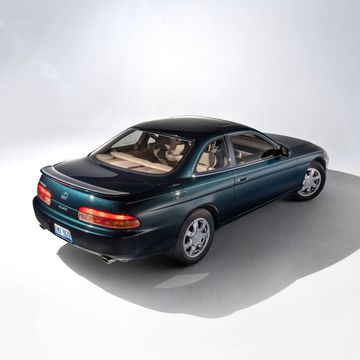Ford's F-Series Pickup Truck History, from the Model TT to Today
A generational breakdown of the history behind America's best-selling vehicle.
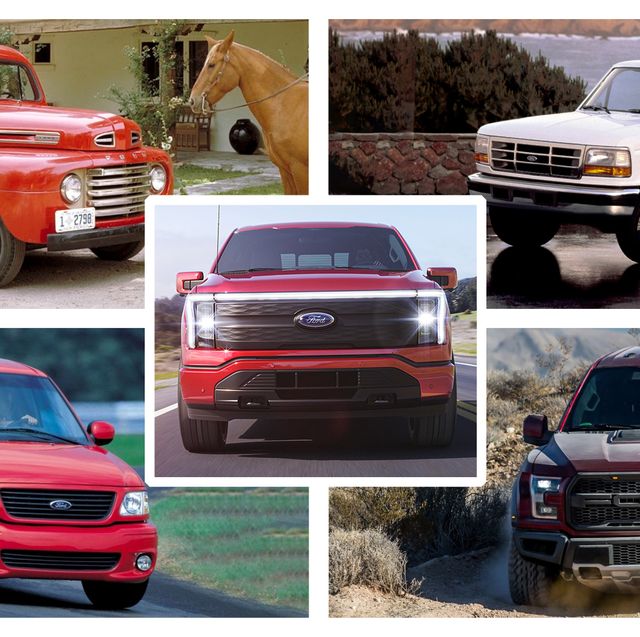
The popularity of the Ford F-series pickup is no fluke. Born more than a century ago, it earned its place in the American landscape by delivering rugged value and consistent innovation. Early on, it was its available flathead V-8; next was the twin-I-beam front suspension, and more recently the truck has adopted industry-first aluminum bodywork and embraced smaller, turbocharged engines. From the first Model TT chassis cab, which debuted in 1917, to today's leather-lined four-door luxury haulers, this is a brief history of the long-lived Ford F-series.

Andrew Wendler brings decades of wrenching, writing, and editorial experience with numerous outlets to Car and Driver. His work has appeared in numerous publications, including Car and Driver, Esquire, Forbes, Hot Rod, Motor Trend, MPH, MSN, and Popular Mechanics, among others. A Rust Belt native and tireless supporter of the region, he grew up immersed in automotive, marine, and aviation culture. A lifetime of hands-on experience and a healthy dose of skepticism provide him the tools to deliver honest and informative news, reviews, and editorial perspective. Of note, he once won a $5 bet by walking the entire length of the elevated People Mover up track that encircles downtown Detroit.
Yes, he's still working on the 1986 Nissan 300ZX Turbo project car he started in high school, and no, it’s not for sale yet. Austin Irwin was born and raised in Michigan, and, despite getting shelled by hockey pucks during a not-so-successful goaltending career through high school and college, still has all of his teeth. He loves cars from the 1980s and Bleu, his Great Pyrenees, and is an active member of the Buffalo Wild Wings community. When Austin isn’t working on his own cars, he’s likely on the side of the highway helping someone else fix theirs.
Watch Next

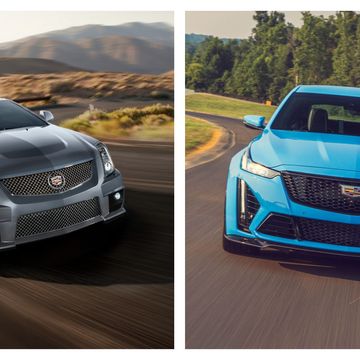
A Brief History of Cadillac's High Performance V

Car and Driver's 10Best Cars through the Decades

History of the Volkswagen Beetle
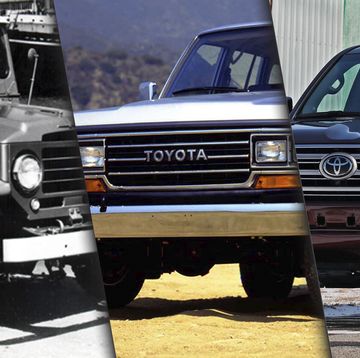
Visual History of the Toyota Land Cruiser

